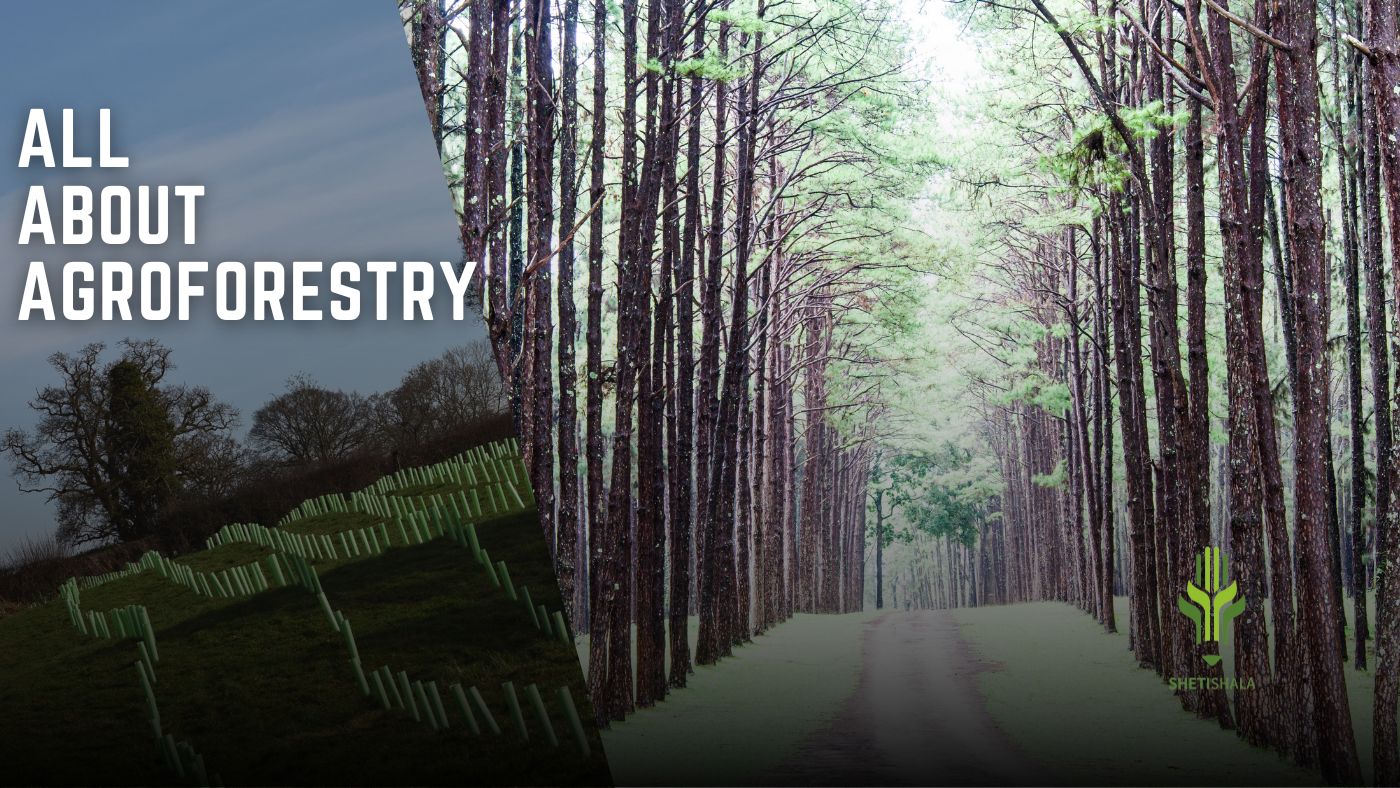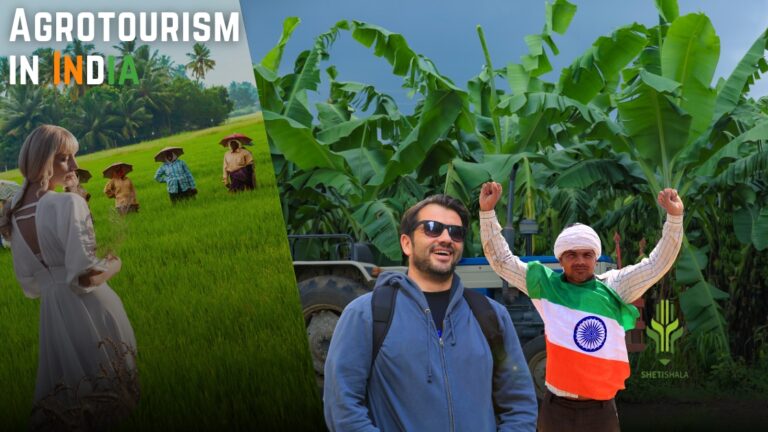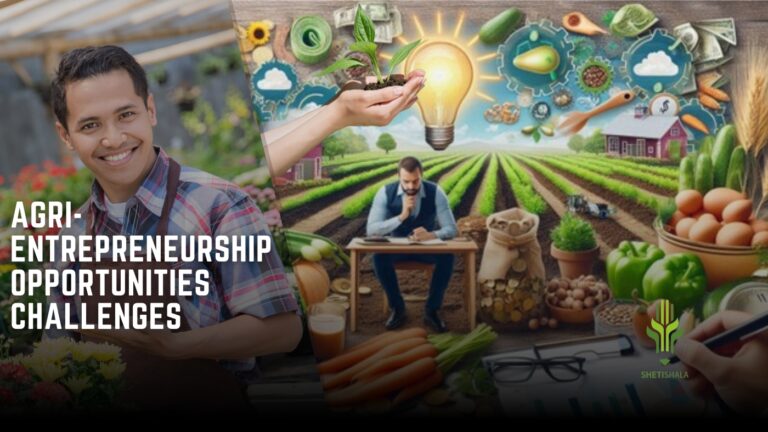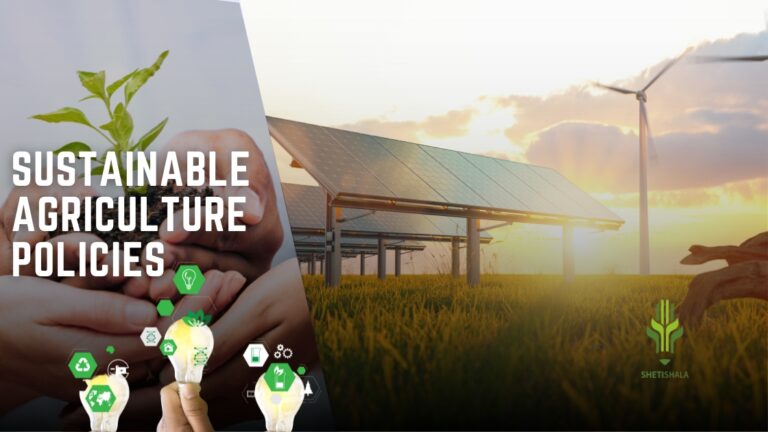1.Introduction to Agroforestry
1.1What is Agroforestry?
Agroforestry is a way of farming that combines growing crops and trees together. This helps protect the environment and makes farms more profitable and able to handle bad weather. By using agroforestry, farmers can make their land more productive and sustainable, ensuring it remains healthy for future generations.

There are numerous ways to incorporate trees and shrubs into agricultural systems. Agroforestry practices can protect valuable topsoil, livestock, crops, and wildlife; boost agricultural and horticultural crop productivity; lower energy and chemical inputs; increase plant and animal water use efficiency; improve water quality; diversify local economies and on-farm income; enhance biodiversity; improve air quality and sequester carbon; and support working lands at the landscape scale. These benefits depend on the circumstances and application of the practice. By establishing “ecobelts,” which act as a zone of transition and facilitate the reconnection of agriculture, people, and
communities, agroforestry can help lessen conflict between rural and urban land uses.
1.2 History of Agroforestry
Integrating trees and shrubs into agricultural landscapes for economic and ecological benefits is known as agroforestry. Its history is thousands of years old and encompasses many cultures and geographical areas. Agroforestry’s history can be summarized as follows.
Ancient Practices :
Early Beginnings: Humans have been domesticating animals and cultivating plants since ancient times, which is when agroforestry first emerged. By incorporating trees into their agricultural systems, indigenous peoples all over the world engaged in diverse forms of agroforestry. Pre-Columbian Americas: Indigenous peoples in the Amazon Basin engaged in agroforestry practices, such as enhancing “terra preta” (black earth) soils with organic matter and biochar to foster a variety of fruitful and diverse agricultural systems.
Traditional Systems:
Taungya method: Developed in Burma (Myanmar) in the 1800s, this method grows annual crops in the initial years of the creation of tree plantations. It expanded to other regions of Asia and Africa as a means of fusing agriculture and forestry.
Home Gardens: For a long time, traditional home gardens in places like Southeast Asia, Africa, and Latin America have mixed fruit trees, vegetables, and medicinal plants to promote biodiversity and food security.
1.3 Benefits of agroforestry
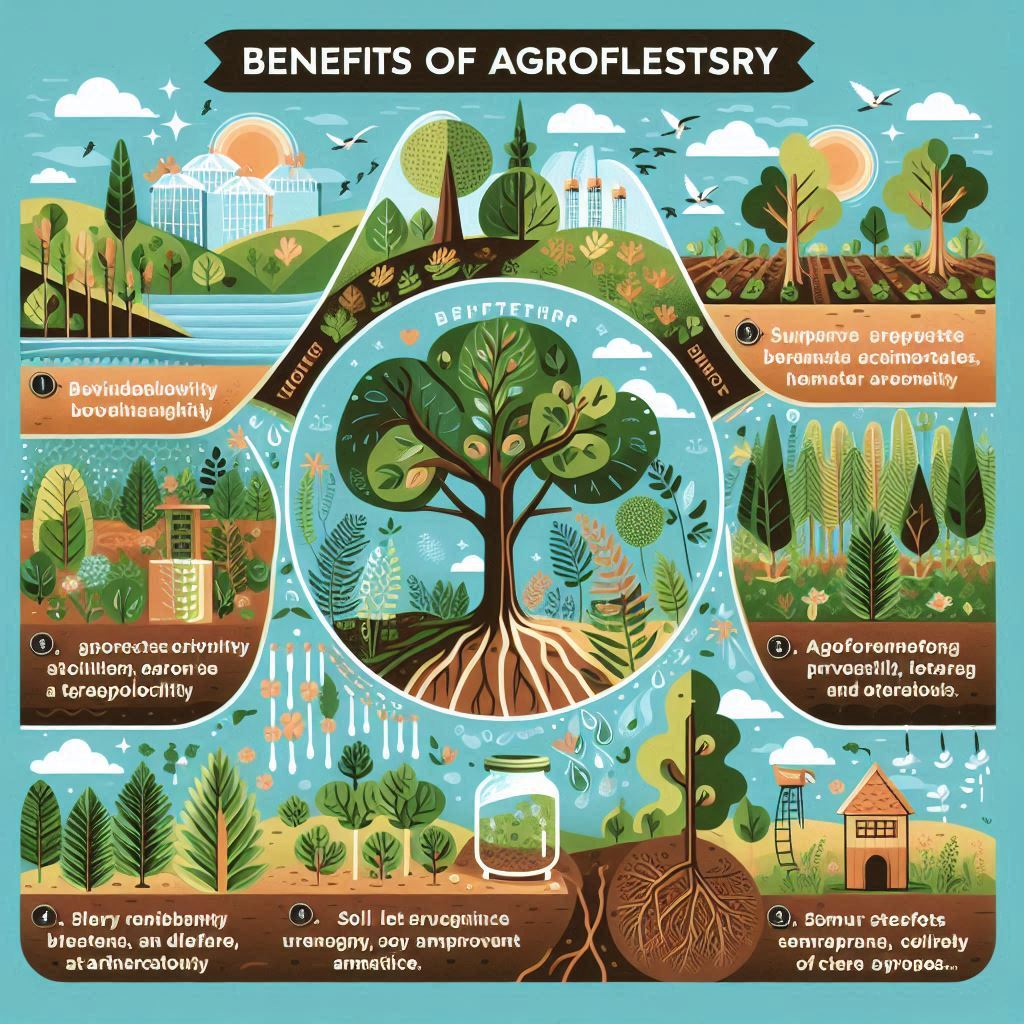
Agroforestry offers numerous benefits for the environment, economy, and society. Here are some key advantages:
Environmental Benefits
1. Biodiversity: Agroforestry systems support higher biodiversity by providing habitats for various plant and animal species.
2. Soil Health: Trees and shrubs enhance soil fertility through leaf litter and root systems that prevent erosion, improve soil structure, and increase organic matter.
3. Water Management: The presence of trees helps regulate water cycles by enhancing
infiltration, reducing runoff, and maintaining groundwater levels.
4. Carbon Sequestration: Trees absorb and store carbon dioxide, helping to mitigate climate change.
5. Microclimate Regulation: Trees can moderate temperature and humidity levels, creating more favorable microclimates for crops and livestock.
Economic Benefits
1. Diversified Income: Farmers can earn income from multiple sources, such as timber, fruits, nuts, and other tree products, reducing economic risk.
2. Increased Productivity: Synergistic interactions between trees and crops can enhance overall productivity and resilience of the agricultural system.
3. Resource Eficiency: Agroforestry systems can make more efficient use of land, water, and nutrients, reducing the need for external inputs like fertilizers and pesticides.
Social Benefits
1. Food Security: By diversifying the types of crops grown, agroforestry can improve food
security and nutrition for farming communities.
2. Rural Development: Agroforestry can create employment opportunities and promote
sustainable rural development.
3. Cultural and Traditional Values: Integrating trees into farming systems aligns with many traditional land-use practices and cultural values, supporting heritage and community cohesion.
Ecosystem Services
1. Pollination and Pest Control: Trees and shrubs provide habitats for pollinators and natural predators of agricultural pests, enhancing ecosystem services.
2. Windbreaks and Shelter: Trees can act as windbreaks, protecting crops and livestock from harsh weather and reducing wind erosion.
Climate Resilience
1. Adaptation: Agroforestry systems are more resilient to climate variability and extreme
weather events, helping farmers adapt to changing conditions.
2. Disaster Mitigation: Trees can reduce the impact of natural disasters, such as floods and landslides, by stabilizing soils and regulating water flows
2.Types of Agroforestry system
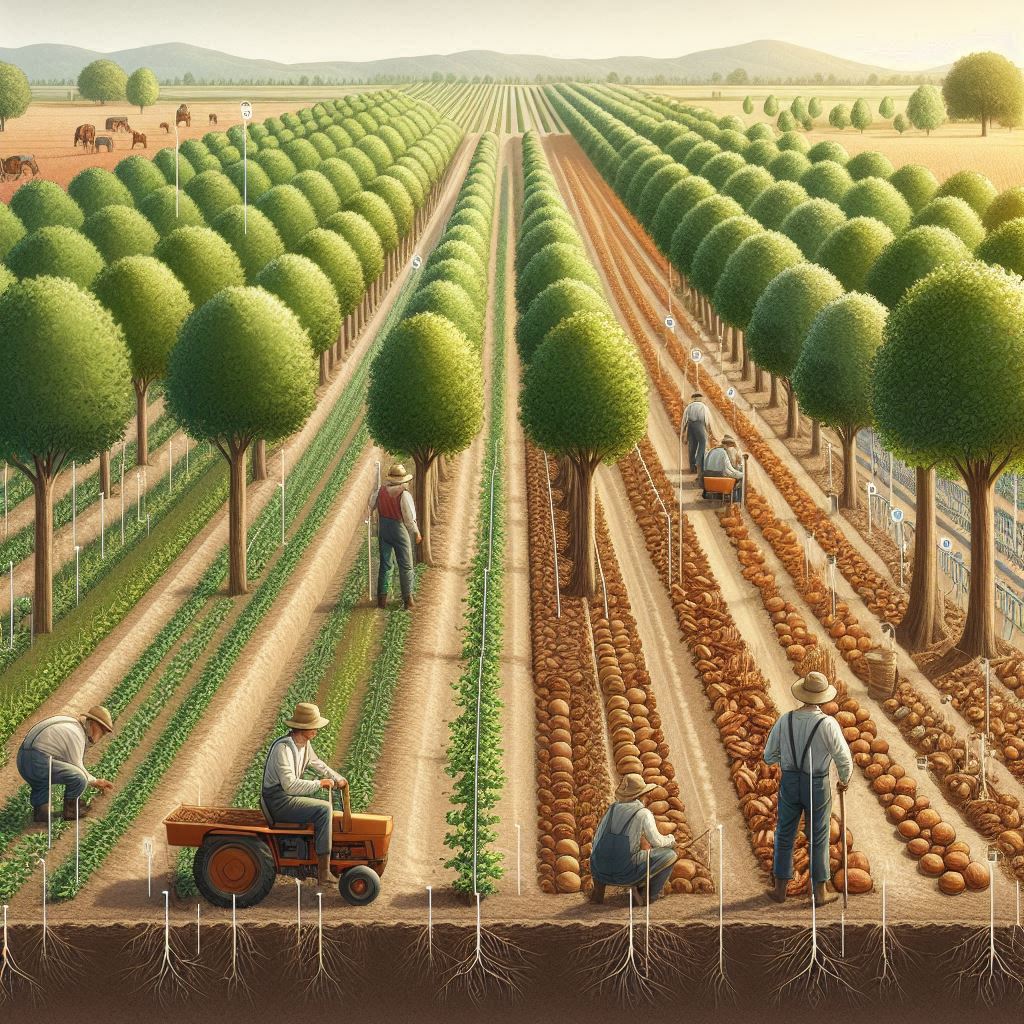
2.1 Alley Cropping
Alley cropping is a farming method where rows of trees are planted with spaces between them to grow other crops. This method can be used in various agricultural and ranching settings. Farmers plant trees like walnut, oak, ash, or pecan for valuable timber, and in between the rows, they grow crops to make money each year while the trees mature. They can also grow nut crops like hazelnut, pecan, walnut, and chestnut, or use the space for forage plants or short-term biomass crops.
2.2 Windbreaks
Windbreaks are rows of trees and shrubs planted to help crops grow better, protect animals and people, and improve soil and water. There are different kinds of windbreaks:
● Field windbreaks protect crops from wind, prevent soil erosion, and help bees pollinate and pesticides work better.
● Livestock windbreaks reduce stress and death in animals, lower their food needs, and help with smells and sight.
● Living snow fences stop snow from piling up on roads, making driving safer.
● Windbreaks also spread snow across fields, which helps keep the soil moist in the spring.
2.3 Riparian Buffers
Riparian forest buffers are strips of plants, including trees and shrubs, along streams, lakes, ponds, and ditches. These buffers catch dirt, nutrients, pesticides, and other materials in runoff water so they don’t get into the waterways. The shade from trees helps keep cold water streams cool. Trees and shrubs also reduce erosion by absorbing the energy of the water and holding the soil with their roots. Some types of trees and shrubs can be used for timber, wood, fuel, and other products.
2.4 Silvopasture
Silvopastures are areas where trees, livestock, and grass grow together. The trees provide shade, creating a better environment for grass to grow and keeping livestock cool. The trees can also be used for wood or other products. This practice is common in the southern and western U.S. but is becoming popular elsewhere. Silvopastures can be made by thinning out tree plantations or planting trees in pastures. Some orchards with nut and fruit trees can also be grazed by animals.
2.5 Forest Farming
Forest farming, or multi-story cropping, involves growing valuable crops in the shade of a forest. This method uses the forest canopy to provide the right amount of shade for crops like ginseng, shiitake mushrooms, maple syrup, saw tooth palmetto, and decorative ferns, which are sold for medicine, food, and decoration. Forest farming can make money while high-quality trees grow for wood products.
3.Implementing Agroforestry
3.1 Planning and Design
Assess the land’s characteristics, including soil type, climate, and topography. Identify goals (e.g., crop production, livestock protection, biodiversity). Choose suitable tree, shrub, and plant species that match the environment and objectives.
3.2 Species Selection
Examples of Agricultural Crops and Compatible Forest Trees:
1. Cereal and Grain Crops:
○ Maize (Corn): Can be grown with nitrogen-fixing trees like Acacia or Leucaena.
○ Wheat and Barley: Suitable for growing with trees like Poplar or Eucalyptus that
provide light shade.
2. Legume Crops:
○ Beans and Peas: Compatible with Acacia or Albizia trees, which improve soil fertility
through nitrogen fixation.
○ Soybeans: Can be grown with Sesbania or Gliricidia trees.
3. Vegetable Crops:
○ Tomatoes and Peppers: Thrive under the partial shade of Moringa or Mulberry trees.
○ Leafy Greens (Lettuce, Spinach): Can be intercropped with Banana or Papaya trees.
4. Root Crops:
○ Sweet Potatoes and Yams: Suitable for growing with Cassia or Grevillea trees.
○ Carrots and Radishes: Can be grown with Apple or Pear trees in temperate regions.
5. Fruit Crops:
○ Strawberries and Raspberries: Thrive under the canopy of Hazelnut or Chestnut trees.
○ Pineapples and Melons: Can be grown with Coconut or Date Palm trees.
6. Spice and Herb Crops:
○ Basil and Mint: Compatible with Citrus or Olive trees.
○ Turmeric and Ginger: Can be grown with Teak or Mahogany trees.
3.3 Management Techniques
3.3.1. Site Preparation
● Soil Improvement: Conduct soil tests to determine nutrient levels and amend the soil with organic matter, compost, or fertilizers as needed.
● Land Clearing: Remove unwanted vegetation while preserving beneficial native plants and minimizing soil disturbance.
● Irrigation Setup: Install efficient irrigation systems, such as drip or sprinkler systems, to ensure consistent water supply.
3.3.2. Planting Strategies
● Spacing and Layout: Design the spatial arrangement of trees and crops to maximize sunlight exposure, airflow, and resource use efficiency.
● Mixed Planting: Implement polycultures or companion planting to increase biodiversity and promote mutual benefits among species.
● Staggered Planting: Use staggered planting schedules to ensure continuous harvests and minimize resource competition.
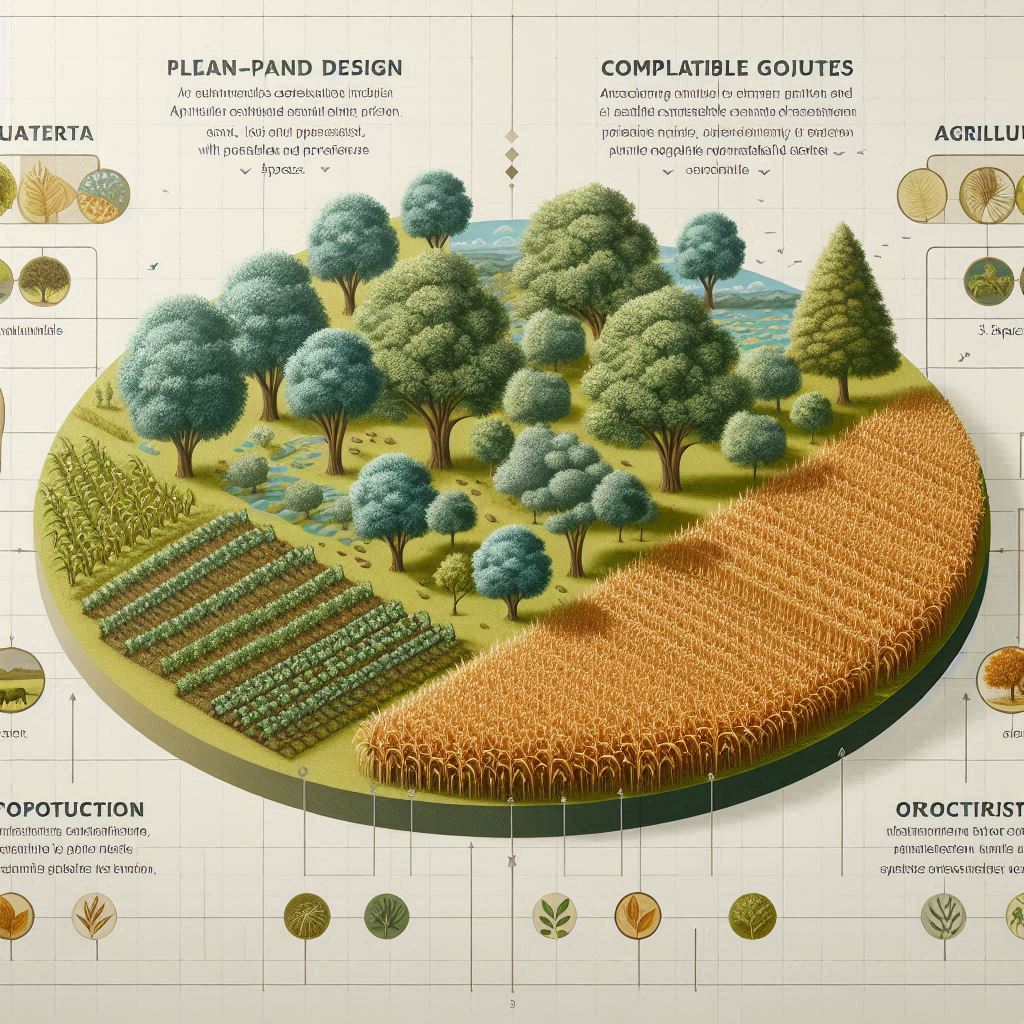
3.3.3. Pruning and Thinning
● Pruning Trees: Regularly prune trees to remove dead or diseased branches, enhance air circulation, and improve light penetration for understory crops.
● Thinning: Thin dense tree plantings to reduce competition and improve growth conditions for remaining trees and crops.
3.3.4. Soil and Water Management
● Mulching: Apply organic mulch around trees and crops to retain soil moisture, regulate temperature, and suppress weeds.
● Water Conservation: Use rainwater harvesting systems and efficient irrigation practices to conserve water.
● Erosion Control: Implement contour planting, terracing, and ground cover crops to prevent soil erosion.
3.3.5. Pest and Disease Management
● Integrated Pest Management (IPM): Use a combination of biological, cultural, mechanical, and chemical methods to control pests and diseases.
● Beneficial Insects: Encourage beneficial insects by planting flowering plants and maintaining
habitat diversity.
● Disease-Resistant Varieties: Select crop and tree species that are resistant to local pests and diseases.
3.3.6. Fertility Management
● Nutrient Cycling: Utilize tree and crop residues, green manures, and cover crops to recycle nutrients within the system.
● Organic Fertilizers: Apply organic fertilizers like compost and manure to maintain soil
fertility and health.
● Leguminous Plants: Incorporate nitrogen-fixing legumes to naturally enrich the soil with nitrogen.
3.3.7. Harvesting and Post-Harvest Management
● Timely Harvesting: Plan and execute timely harvesting to maximize yield and quality of both crops and tree products.
● Efficient Methods: Use efficient harvesting techniques that minimize damage to both crops and trees.
● Storage and Processing: Implement proper storage and processing methods to reduce
post-harvest losses and add value to products.
3.3.8. Monitoring and Evaluation
● Regular Monitoring: Conduct regular monitoring of plant health, soil conditions, and pest populations.
● Adaptive Management: Adjust management practices based on monitoring results and
changing conditions.
● Record Keeping: Maintain detailed records of planting, maintenance, and harvesting activities to inform future management decisions.
3.3.9. Community and Market Engagement
● Training and Education: Provide training and educational resources to farmers and
stakeholders on best agroforestry practices.
● Market Access: Develop strategies for accessing local and regional markets to sell
agroforestry products.
● Collaboration: Collaborate with local communities, agricultural extension services, and research institutions to share knowledge and resources.
4.Challenges and Solutions
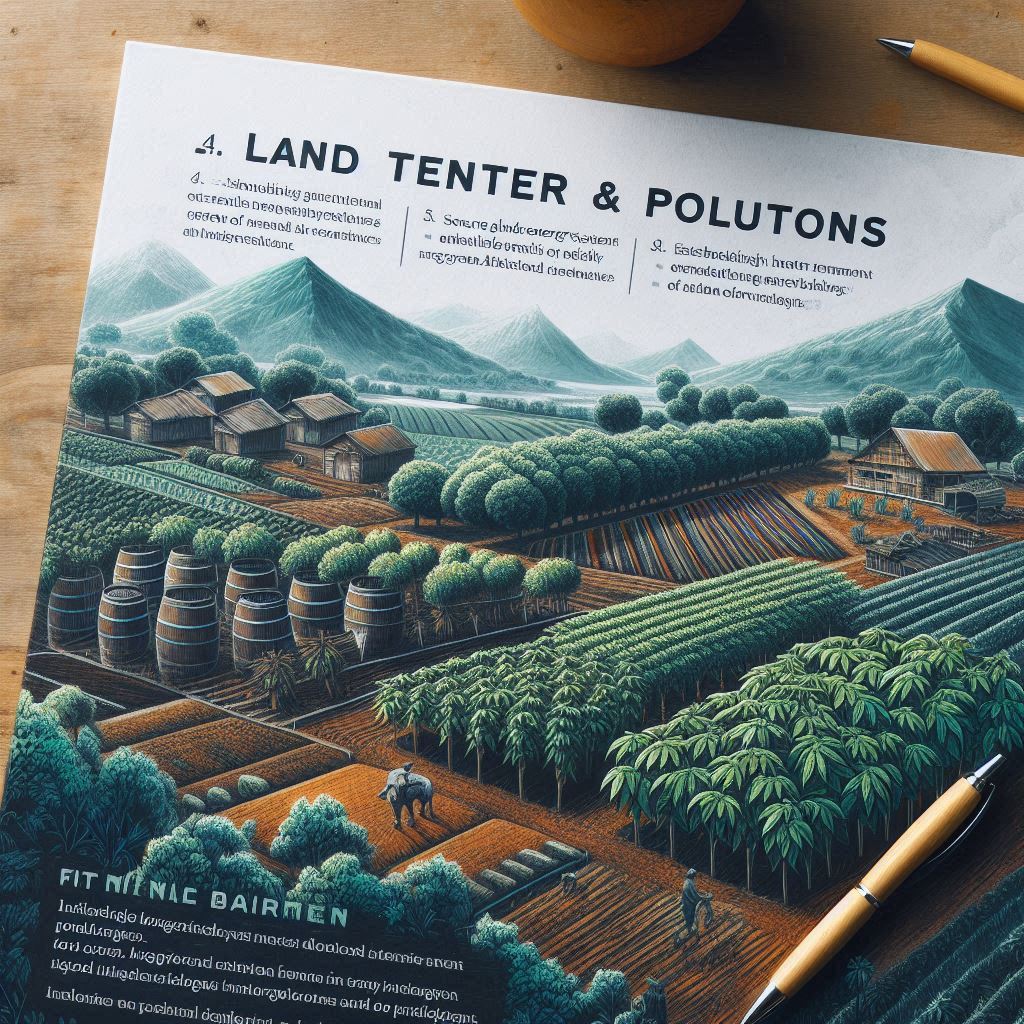
4.1 Land Tenure and Policy Issues
Challenge: Insecure land tenure can discourage farmers from investing in long-term agroforestry practices.
Solution: Implementing policies that secure land tenure and provide legal recognition of agroforestry systems can encourage investment.
4.2 Financial Barriers
Challenge: Establishing agroforestry systems requires significant initial investment and the benefits may take several years to materialize.
Solution: Access to financial incentives, grants, and low-interest loans can help offset initial costs. Farmers can also be educated about the long-term economic benefits of agroforestry.
4.3Knowledge and Training Gaps
Challenge: Farmers and land managers may lack knowledge and skills necessary for effective agroforestry management.
Solution: Providing training programs, extension services, and access to technical assistance can bridge these knowledge Gaps
5. Future of Agroforestry
5.1 Emerging Trends
Climate-Smart Agriculture: Agroforestry is integral to sustainable farming that mitigates climate change and enhances resilience.
Agroecology: Growing interest in agroforestry aligns with principles promoting natural ecosystem interactions.
Urban Agroforestry: Integration into urban areas supports food security and environmental benefits.
Carbon Markets: Increasing recognition for carbon sequestration in agroforestry through carbon credits.
SDGs Alignment: Agroforestry contributes to multiple Sustainable Development Goals, driving investment and adoption.
5.2Innovations and Technology
Precision Agriculture: Technologies like drones and GIS optimize management and monitoring.
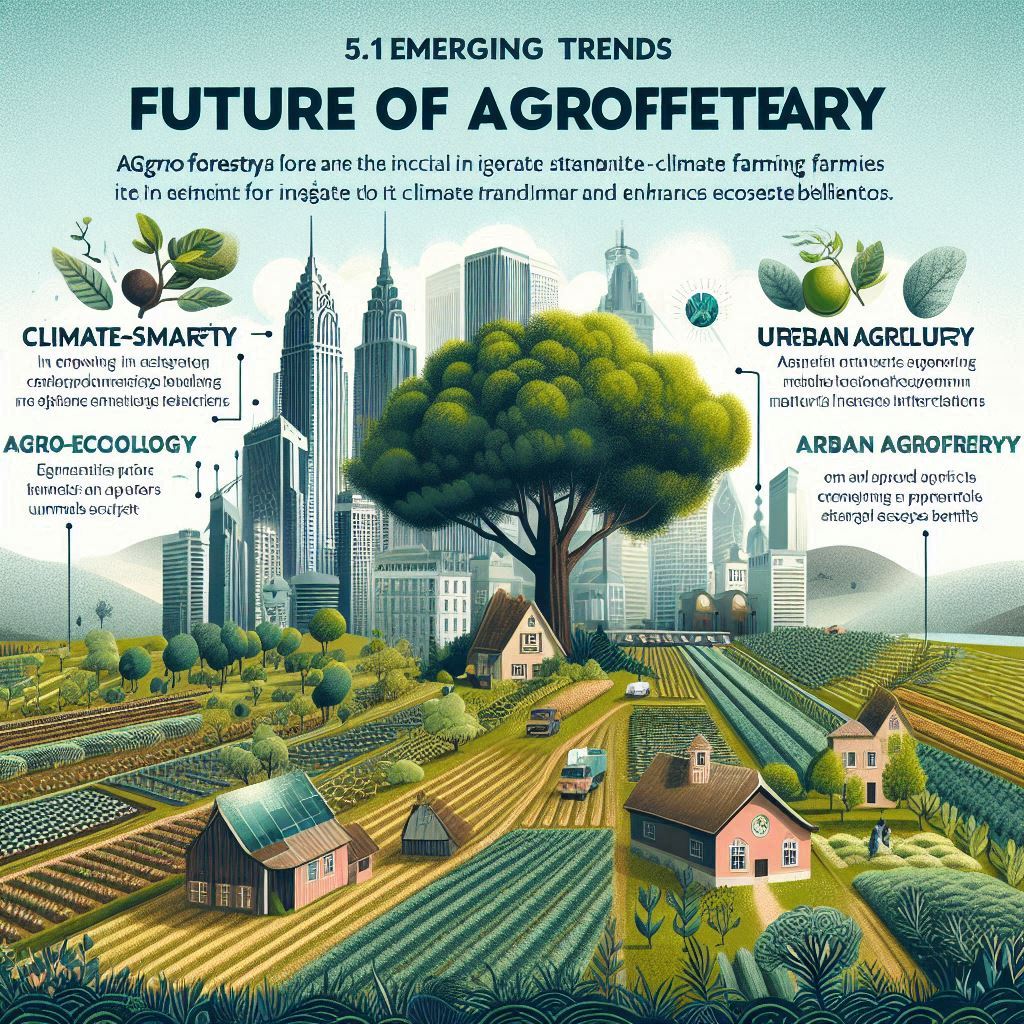
Decision Support Tools: Advanced models aid planning and management of agroforestry systems.
Biotechnology: Genetic improvements enhance tree and crop resilience and productivity.
Digital Platforms: Mobile apps and digital tools facilitate knowledge sharing and market access.
Innovative Systems: New approaches like multilayer agroforestry and integrated
aquaculture-agroforestry systems maximize efficiency and biodiversity.
5.3Policy and Advocacy
Policy Integration: National agricultural, environmental, and climatic policies are progressively incorporating agroforestry..
Financial Incentives: To promote adoption, governments offer tax exemptions, grants, and payments for ecosystem services.
Education and Capacity Building: Agroforestry expertise is advanced through support for agricultural education and training initiatives.
Research Funding: Increasing research expenditures leads to breakthroughs in technology and scientific knowledge.
Advocacy Efforts: Farmer groups and non-governmental organizations promote agroforestry’s financial and environmental advantages.
6. CONCLUSION
Agroforestry is a comprehensive strategy for agricultural development and sustainable land use. Agroforestry improves production and resilience while simultaneously supporting rural livelihoods and environmental conservation by combining trees with crops and livestock. Given that agroforestry is becoming more widely acknowledged for its contributions to food security, biodiversity preservation, and climate change mitigation, the future of this practice is bright. Unlocking the global
potential of agroforestry requires sustained research, creative practices, policy backing, and knowledge exchange. Adopting agroforestry techniques can help create agricultural systems that are more robust and sustainable, guaranteeing a balanced approach to addressing present and future agricultural issues.
visit our other blogs –

